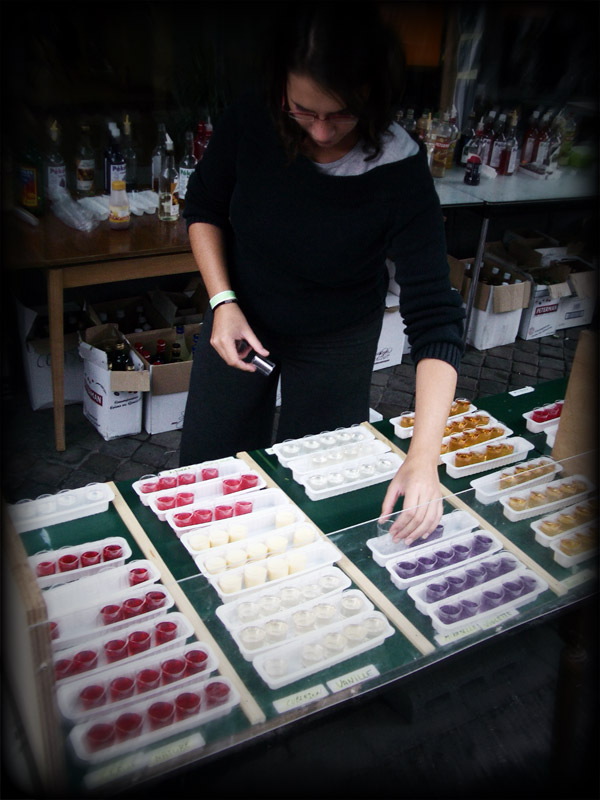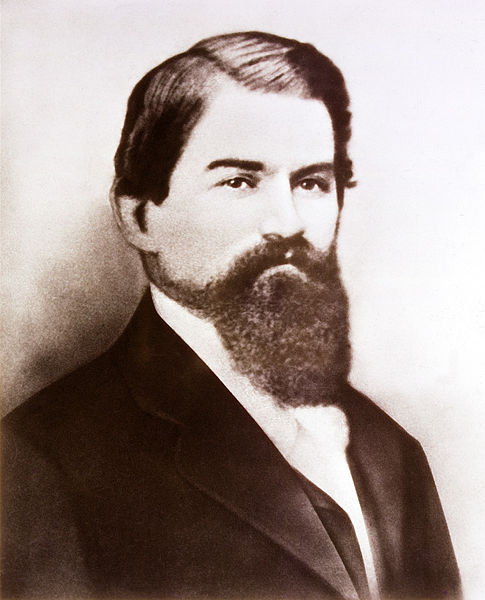|
Peket
{{unreferenced, date=April 2016 Peket, also pékèt or pèket is an eau de vie (fruit brandy) aromatised with juniper berries, it is the Walloon name for Dutch gin. The drink originates from Belgium and its name is derived from the Walloon language, Walloon word for juniper. Etymology The word “peket” means “prickly” in old Walloon. Other sources tell that this word was used by miners. It certainly comes from the Walloon word “pèke”, which means juniper berry in some Walloon regions. This name was used afterwards in Wallonia for an eau de vie aromatised with these berries. Folklore  Peket is commonly consumed during the celebrations of August 15 in the Outremeuse quarter of Liège and also during the Walloon Festivities that takes place every year in Namur.
Several local recipes use peket, for exa ...
Peket is commonly consumed during the celebrations of August 15 in the Outremeuse quarter of Liège and also during the Walloon Festivities that takes place every year in Namur.
Several local recipes use peket, for exa ...
[...More Info...] [...Related Items...] OR: [Wikipedia] [Google] [Baidu] |
Dutch Gin
Jenever (, ), also known as Hollands, genever, genièvre, peket, or sometimes as Dutch gin (archaic: Holland gin or Geneva gin), is the juniper-flavoured traditional liquor in the Netherlands, Belgium, and adjoining areas in northern France and northwestern Germany. As an EU and UK Protected Designation of Origin, the term ''jenever'' and its soundalikes can only be used if the product is made according to the specifications in Belgium, the Netherlands, two northern French departments, and two German federal states. Gin was developed in Britain after the introduction of jenever to the island. History Jenever was originally produced by distilling malt wine (''moutwijn'' in Dutch) to 50% alcohol by volume. Because the resulting spirit was not palatable due to the lack of refined distilling techniques (with only the pot still available), herbs were added to mask the flavour. The juniper berry (which comes from the Latin ''juniperus''), hence the name ''jenever'' (and the English ... [...More Info...] [...Related Items...] OR: [Wikipedia] [Google] [Baidu] |
Liège
Liège ( ; ; ; ; ) is a City status in Belgium, city and Municipalities in Belgium, municipality of Wallonia, and the capital of the Liège Province, province of Liège, Belgium. The city is situated in the valley of the Meuse, in the east of Belgium, not far from borders with the Netherlands (Maastricht is about to the north) and with Germany (Aachen is about north-east). In Liège, the Meuse meets the river Ourthe. The city is part of the ''sillon industriel'', the former industrial backbone of Wallonia. It still is the principal economic and cultural centre of the region. The municipality consists of the following Deelgemeente, sub-municipalities: Angleur, Bressoux, Chênée, Glain, Grivegnée, Jupille-sur-Meuse, Liège proper, Rocourt, Liège, Rocourt, and Wandre. In November 2012, Liège had 198,280 inhabitants. The metropolitan area, including the outer commuter zone, covers an area of 1,879 km2 (725 sq mi) and had a total population of 749,110 on 1 January 2008. ... [...More Info...] [...Related Items...] OR: [Wikipedia] [Google] [Baidu] |
Eau De Vie
An ''eau de vie'' ( French for spirit, §16, §17 ) is a clear, colourless fruit brandy that is produced by means of fermentation and double distillation. The fruit flavor is typically very light. In English-speaking countries, ''eau de vie'' refers to a distilled beverage made from fruit other than grapes. Similar terms may be local translations or may specify the fruit used to produce it. Although ''eau de vie'' is a French term, similar beverages are produced in other countries (e.g., German ''Schnaps'', Greek '' ούζο'', Turkish '' rakı'', Balkan ''rakia'', Romanian '' țuică'', Czech and Slovak ''pálenka'', Hungarian '' pálinka'', and Sri Lankan coconut ''arrack''). In French, however, ''eau de vie'' is a generic term for distilled spirits. The proper French term for fruit brandy is ''eau-de-vie de fruit'', while ''eau-de-vie de vin'' means wine spirit (brandy), and several further categories of spirits (distilled from grape pomace, lees of wine, beer, cereal ... [...More Info...] [...Related Items...] OR: [Wikipedia] [Google] [Baidu] |
Walloon Language
Walloon (; natively ; ) is a Romance language that is spoken in much of Wallonia and, to a very small extent, in Brussels, Belgium; some villages near Givet, northern France; and a clutch of communities in northeastern Wisconsin, United States.Université du Wisconsin : collection de documents sur l'immigration wallonne au Wisconsin, enregistrements de témoignages oraux en anglais et wallon, 1976University of Wisconsin Digital Collection : Belgian-American Research Collection /ref> It belongs to the ''langues d'oïl'' dialect continuum, the most prominent member of which is French. The historical background of its formation was the territorial extension since 980 of the Principality of Liège to the south and west. Walloon is classified as "definitely endangered" by the UNESCO ''Atlas of the World's Languages in Danger''. Despite its rich literature, beginning anonymously in the 16th century and with well-known authors since 1756, the use of Walloon has decreased markedly ... [...More Info...] [...Related Items...] OR: [Wikipedia] [Google] [Baidu] |
Herve Cheese
Herve (; ; ) is a city and municipality of Wallonia located in the province of Liège, Belgium. On January 1, 2018 Herve had a total population of 17,598. The total area is which gives a population density of . It is famed for its Herve cheese. Municipal merger Since January 1, 1977, the municipality consists of the following districts: , , , , , Herve, and Xhendelesse. Herve is currently constituted of 11 villages: Battice, Bolland, Bruyères, Chaineux, Charneux, Grand-Rechain, Herve, José, Julémont, Manaihant, Xhendelesse. There are a number of smaller villages in the Herve region, such as Hacboister (district of Bolland). Architecture * ''The Church of St John the Baptist'': built in the 17th century. The tower, with a height of , dates back to the 13th century. The bell tower is a distinctively crooked spire, in order to offer better resistance to the wind. The church was classed as a historic monument in 1934. * '' Château de Bolland'': a mediaeval château ... [...More Info...] [...Related Items...] OR: [Wikipedia] [Google] [Baidu] |
Coca-Cola
Coca-Cola, or Coke, is a cola soft drink manufactured by the Coca-Cola Company. In 2013, Coke products were sold in over 200 countries and territories worldwide, with consumers drinking more than 1.8 billion company beverage servings each day. Coca-Cola ranked No. 94 in the 2024 Fortune 500, ''Fortune'' 500 list of the List of largest companies in the United States by revenue, largest United States corporations by revenue. Based on Interbrand's "best global brand" study of 2023, Coca-Cola was the world's List of most valuable brands, sixth most valuable brand. Originally marketed as a temperance bar, temperance drink and intended as a patent medicine, Coca-Cola was invented in the late 19th century by John Stith Pemberton in Atlanta, Georgia. In 1888, Pemberton sold the ownership rights to Asa Griggs Candler, a businessman, whose marketing tactics led Coca-Cola to its dominance of the global soft-drink market throughout the 20th and 21st centuries. The name refers to t ... [...More Info...] [...Related Items...] OR: [Wikipedia] [Google] [Baidu] |



